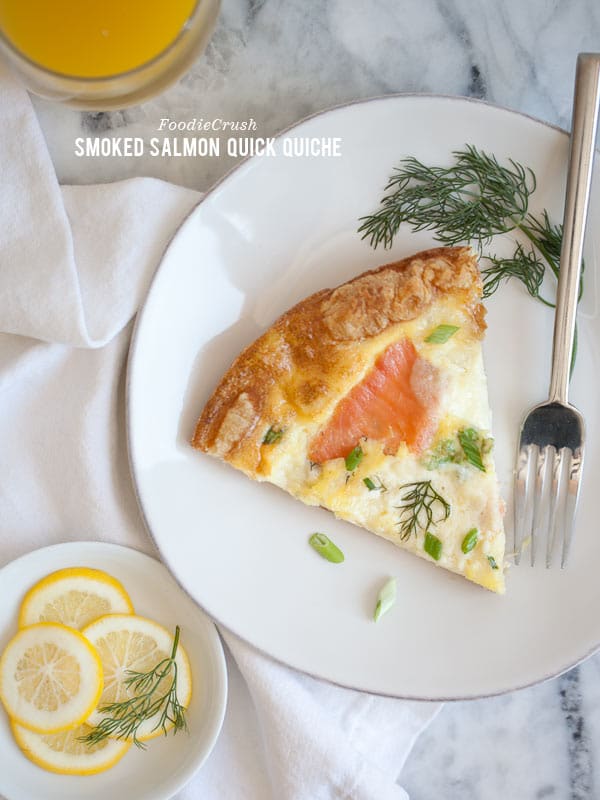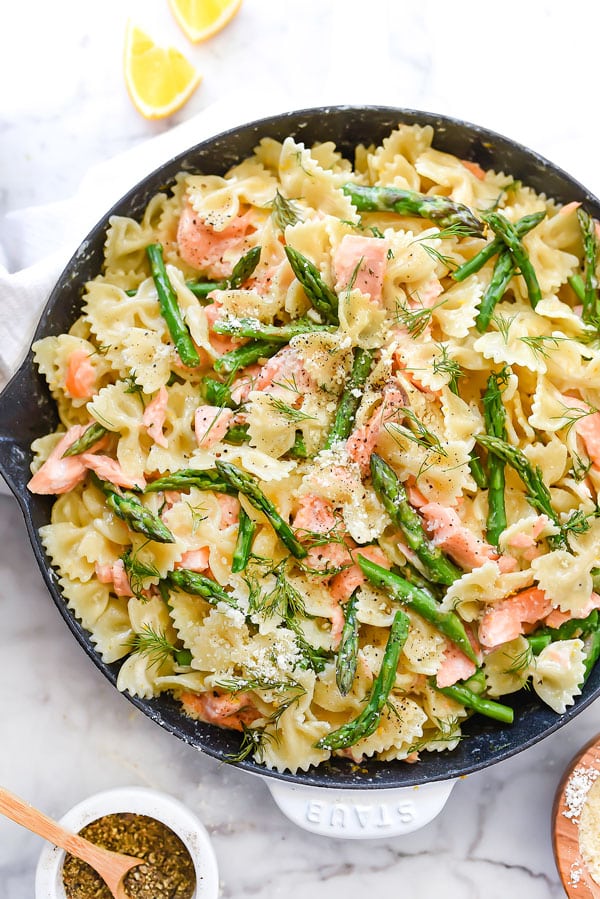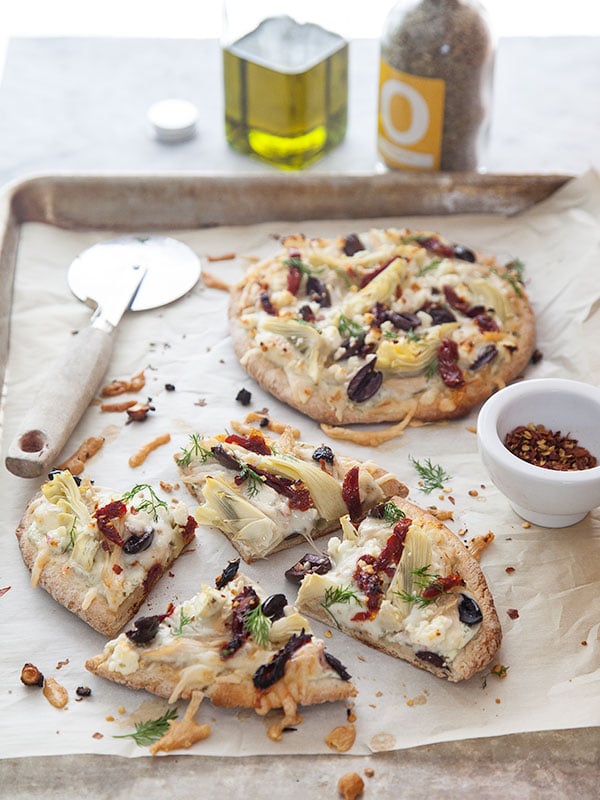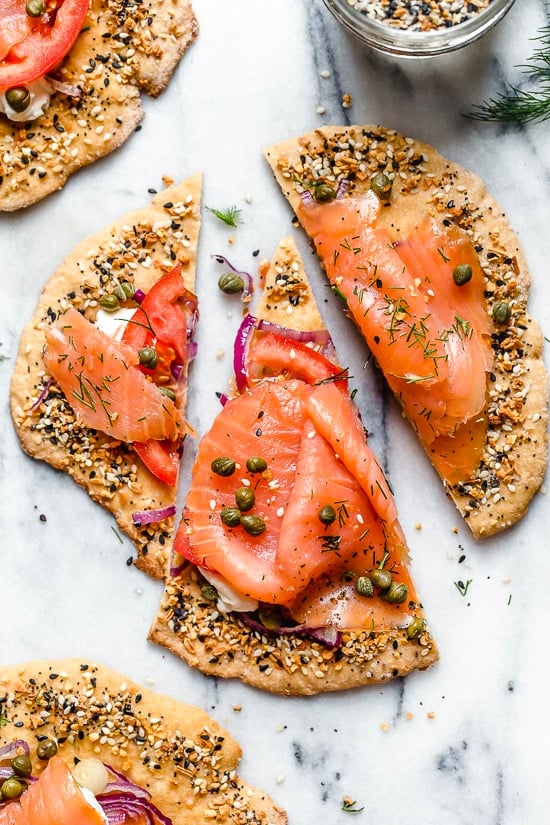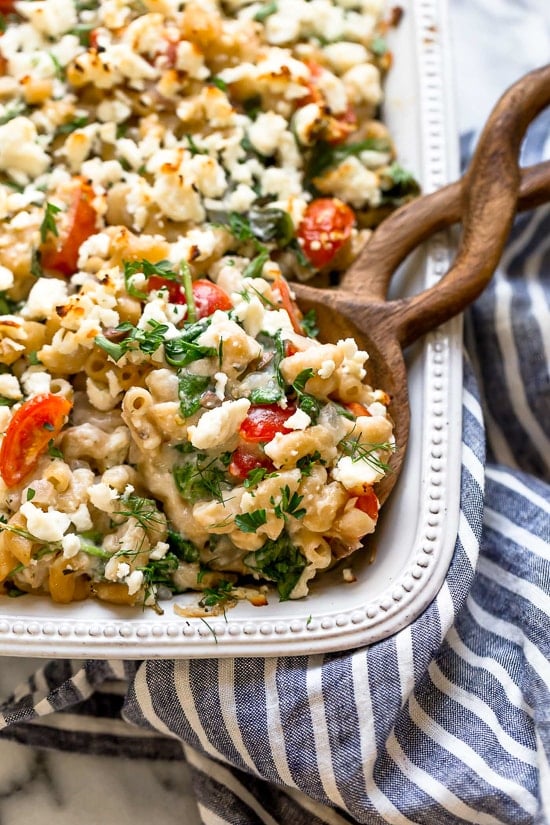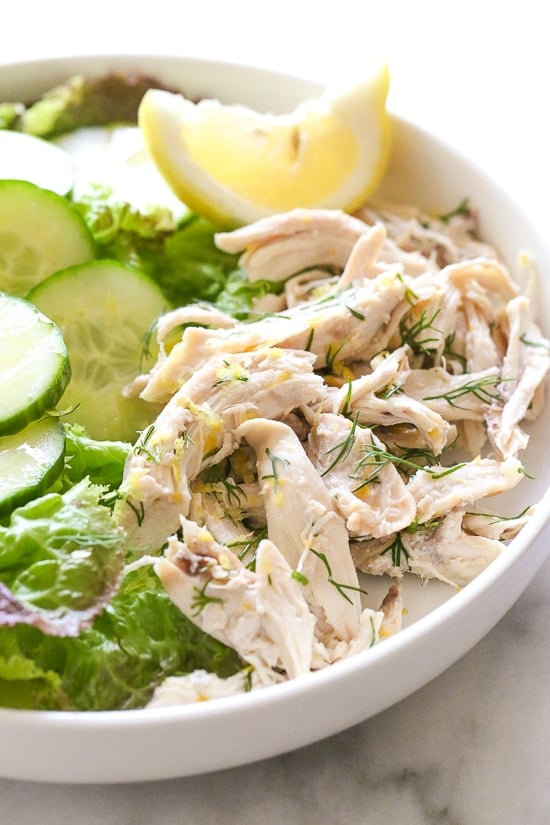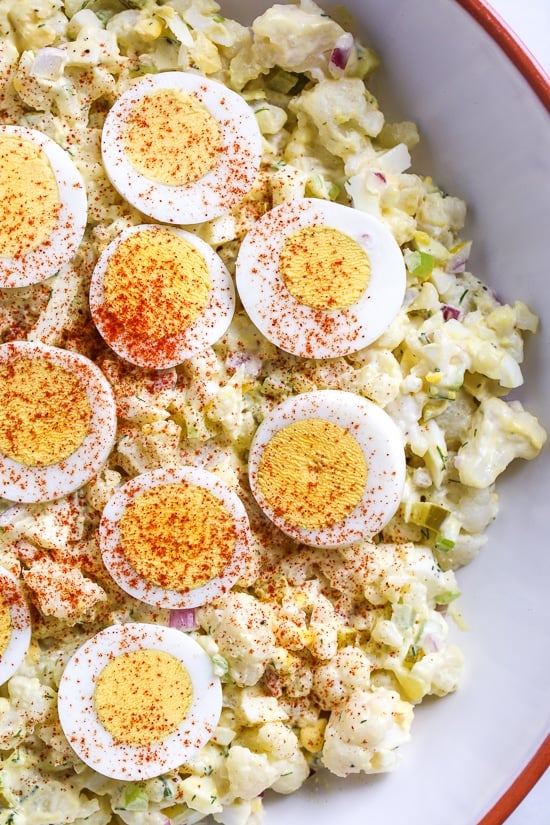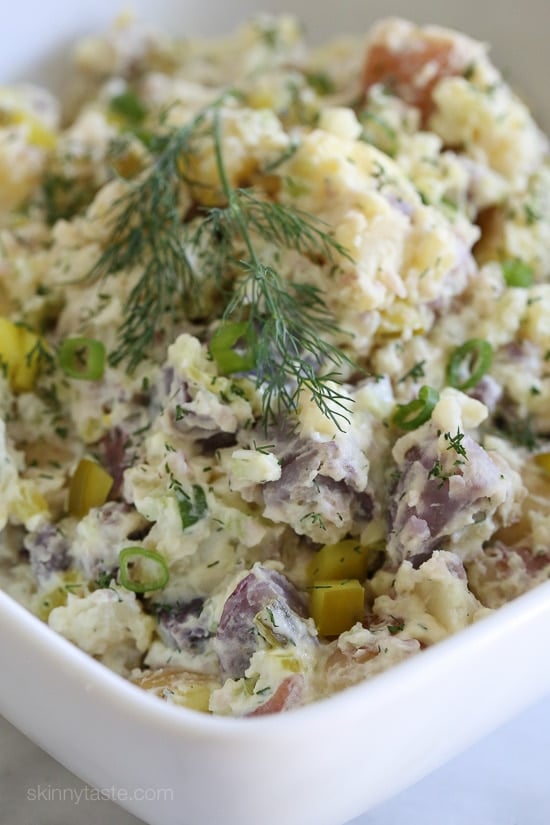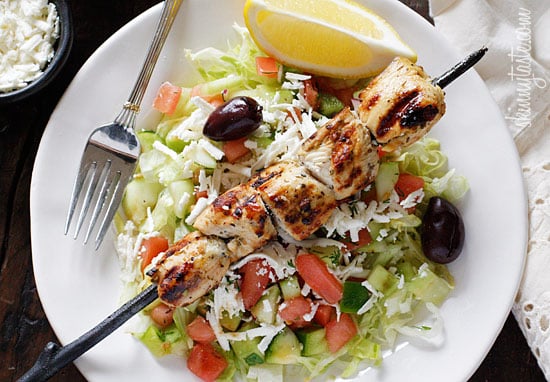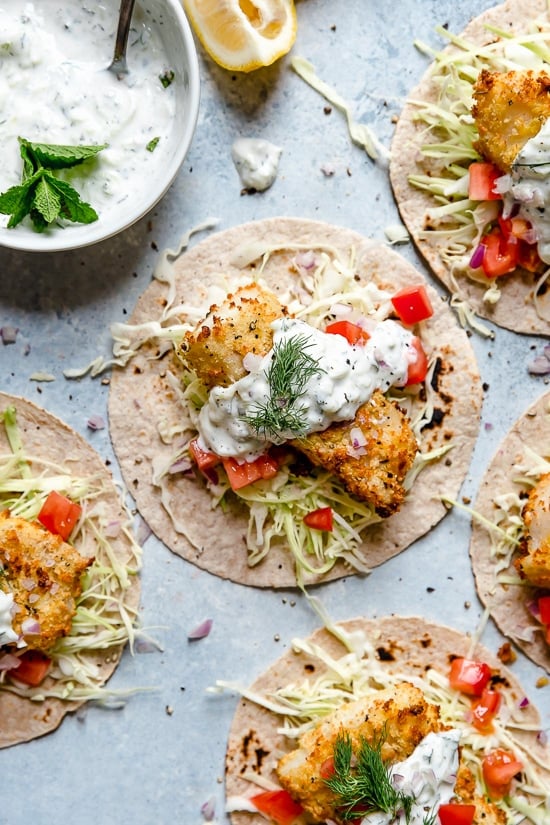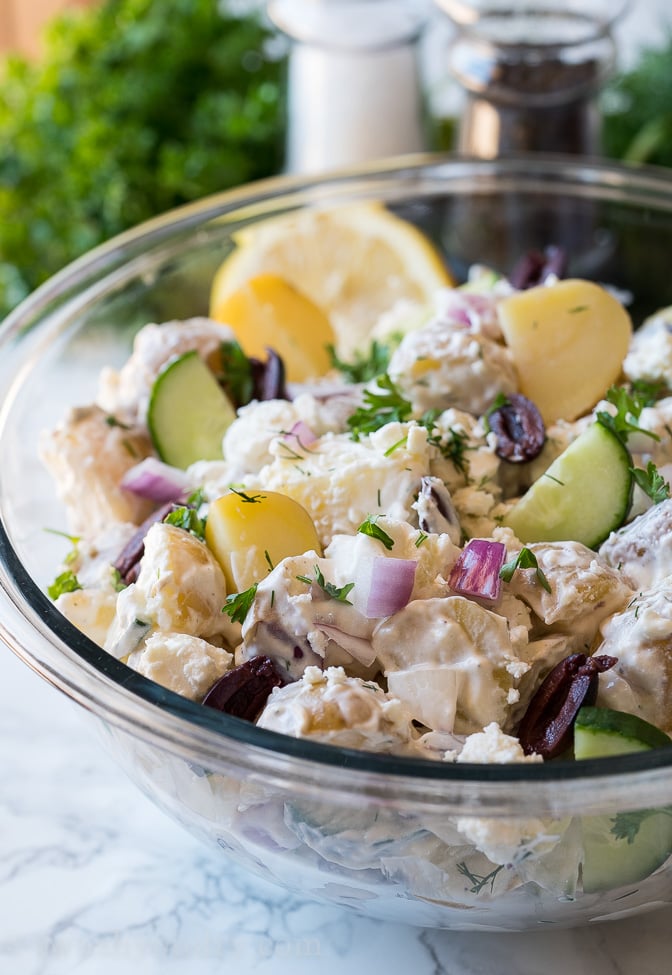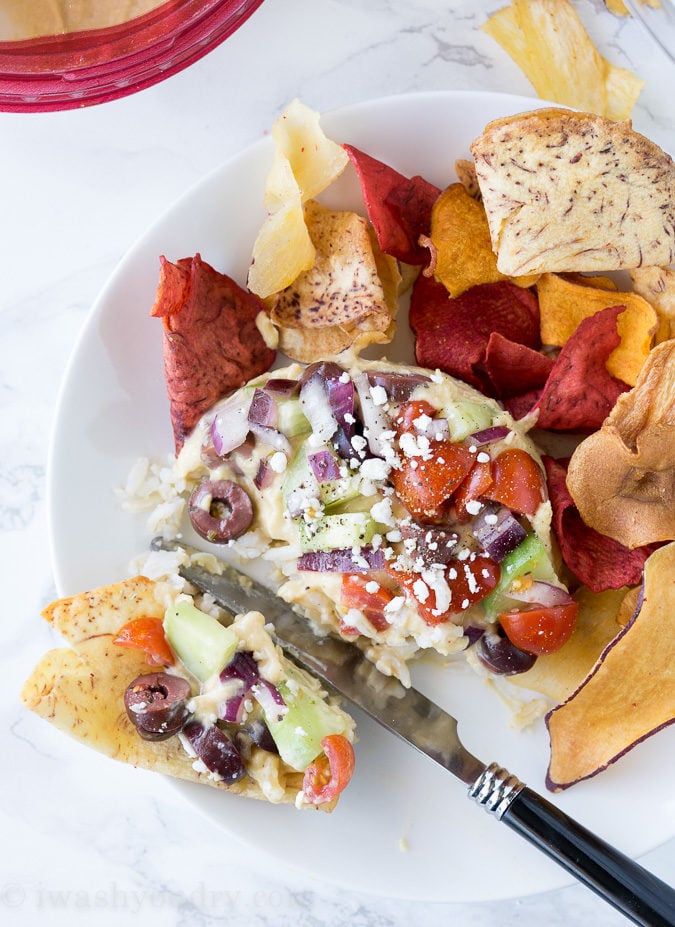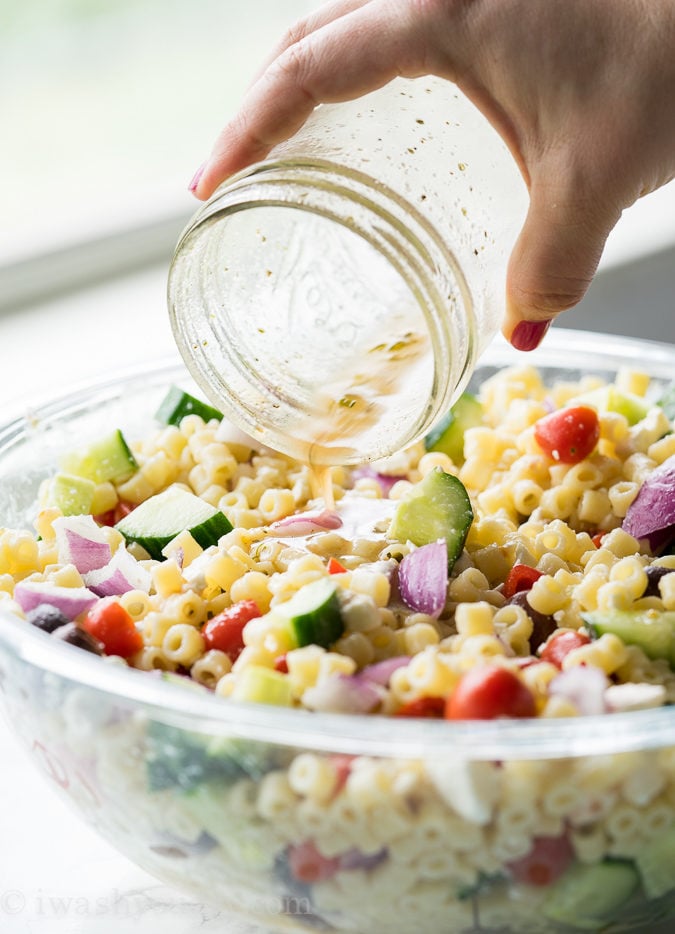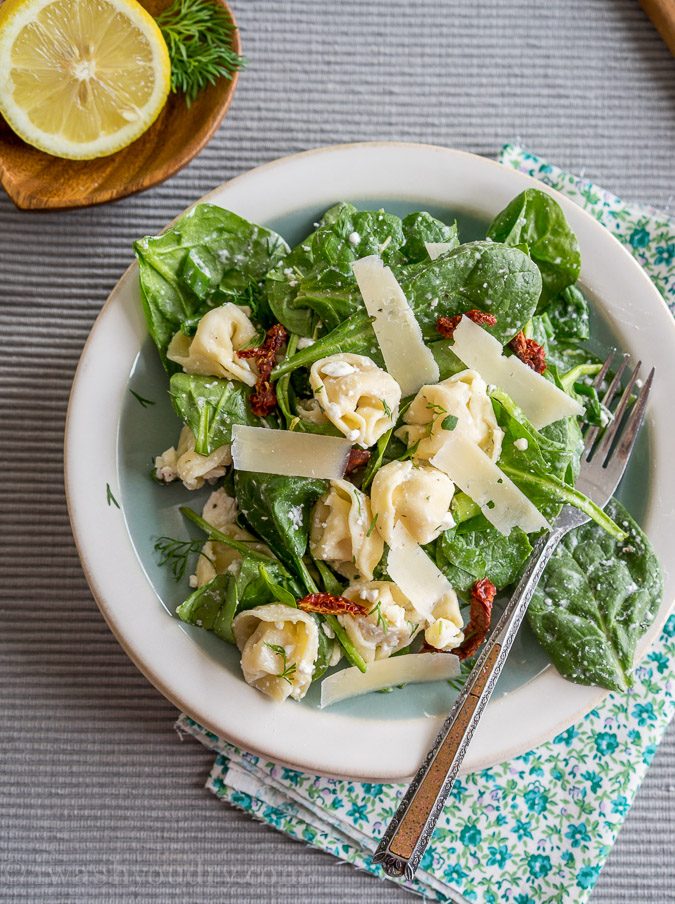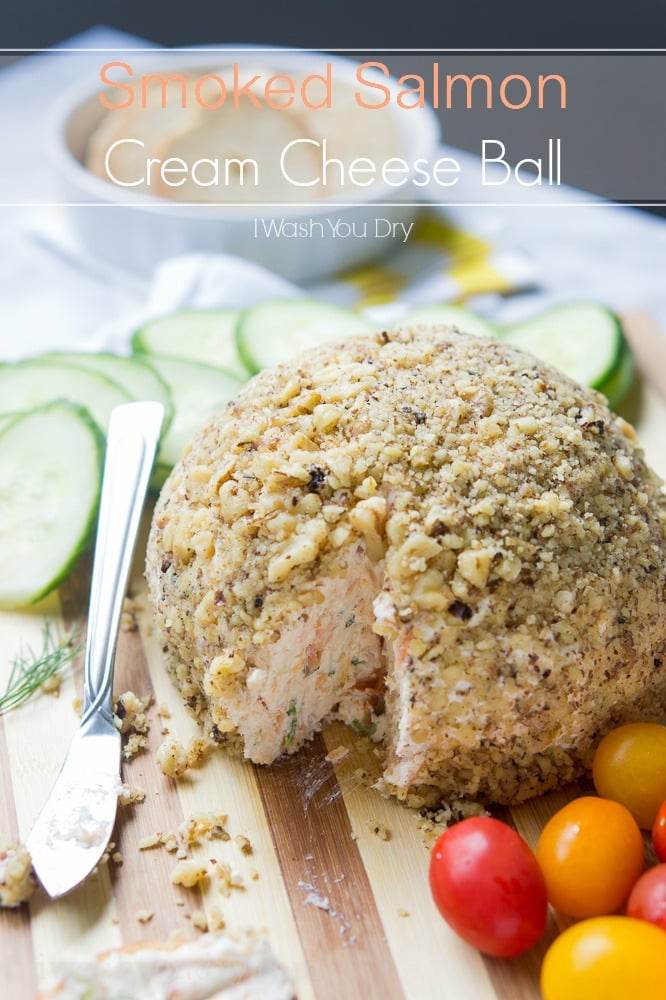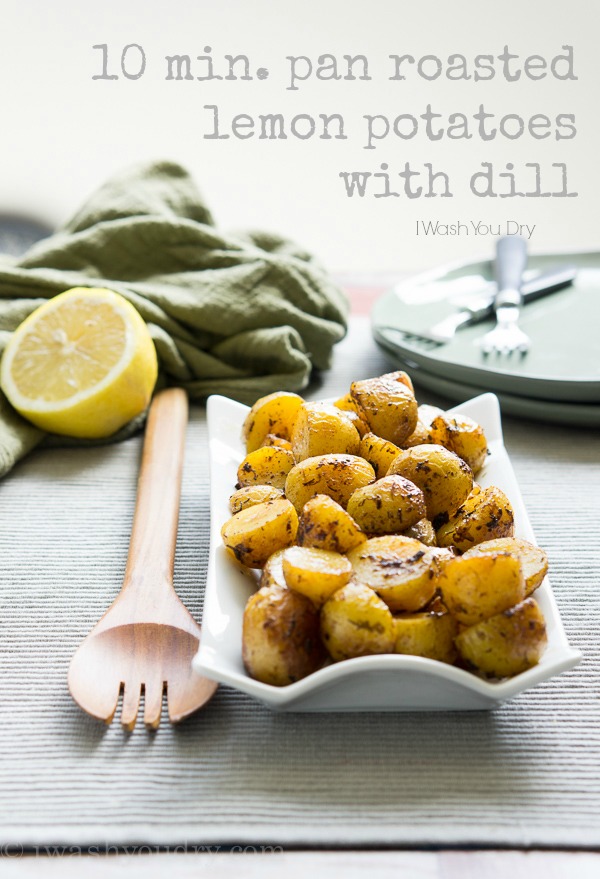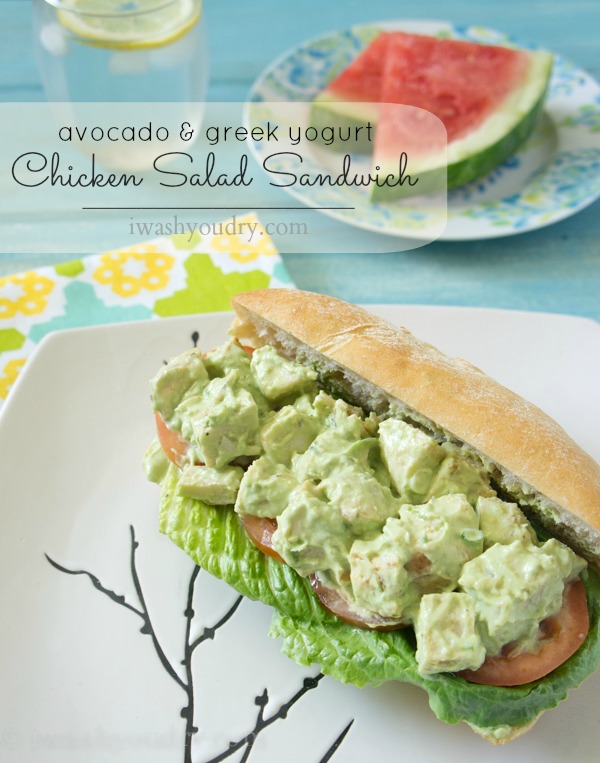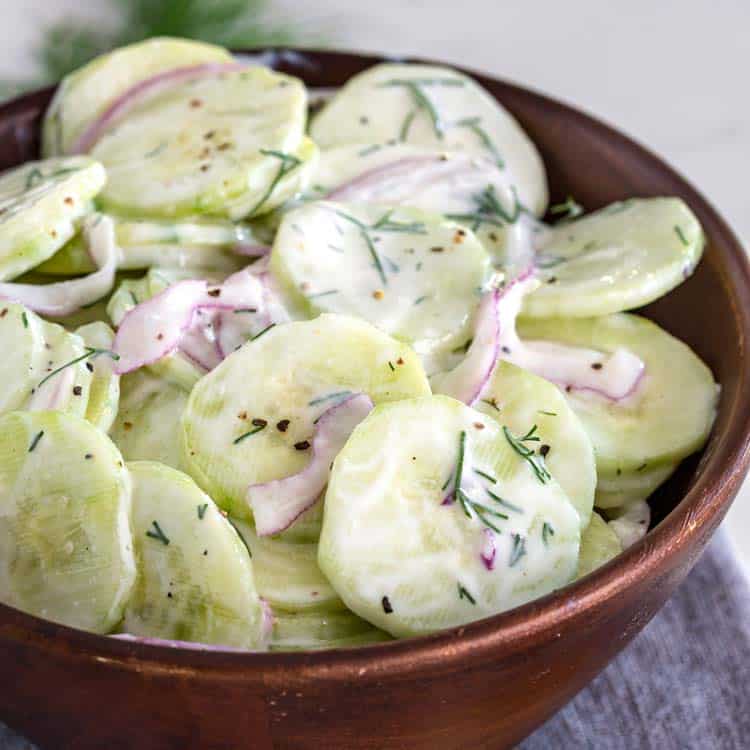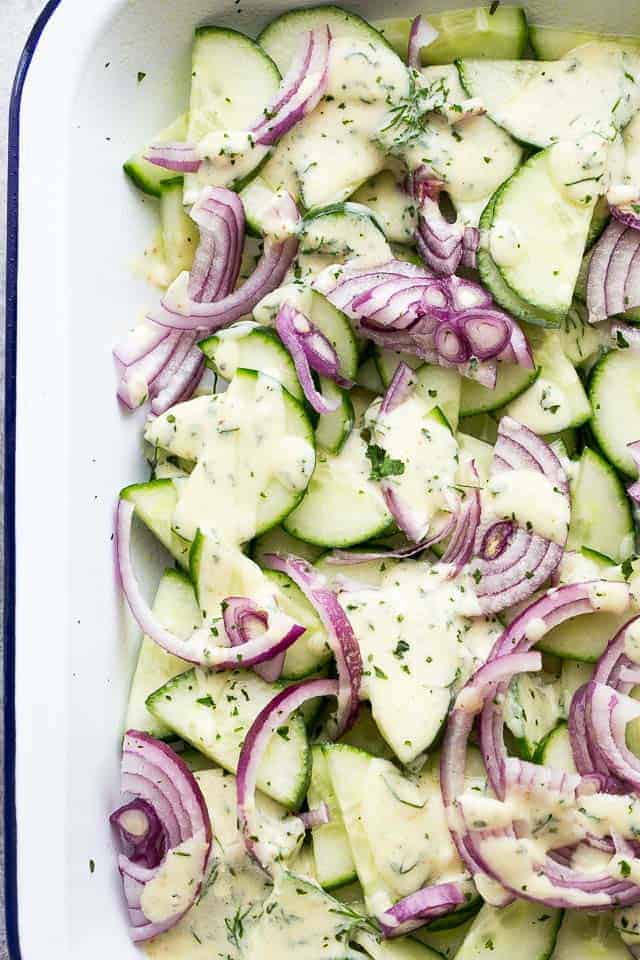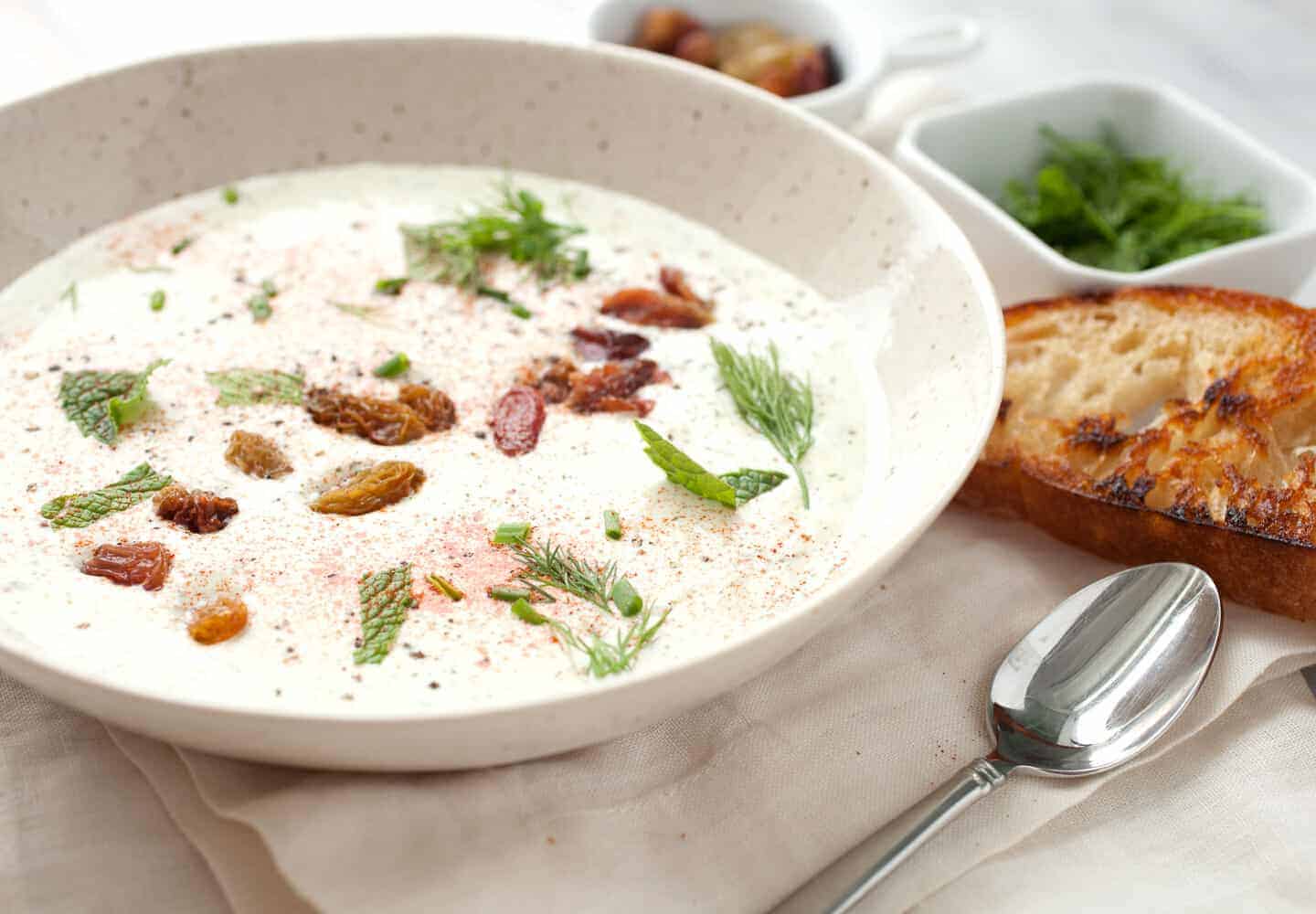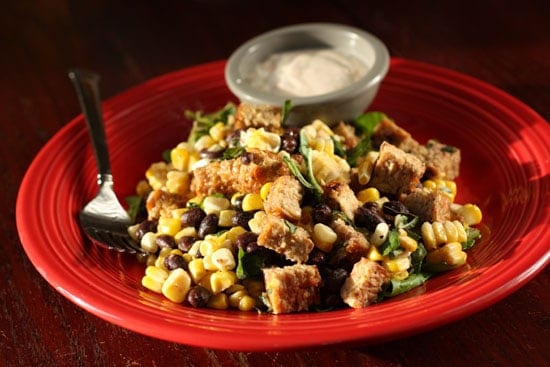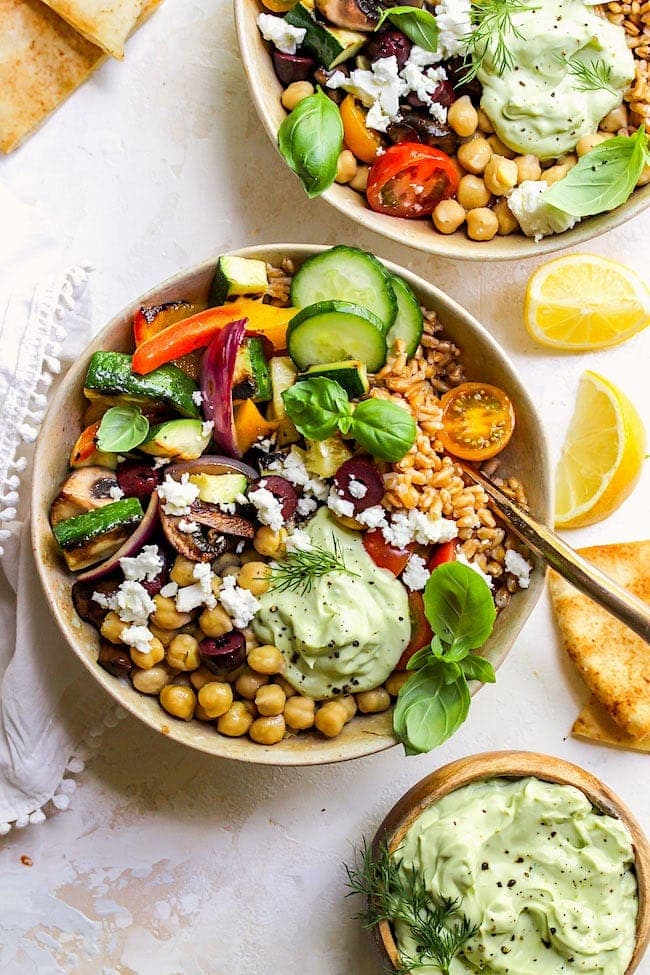Dill: Important Facts, Health Benefits, and Recipes
Explore the versatile world of dill with our ultimate guide, covering its origins, health benefits, culinary uses, and tips for growing this flavorful herb at home.

Nutritional Facts
1 bunch
Amount per serving
Calories
12
Carbohydrates
2 g
Fat
0.3 g
Protein
1 g
Saturated Fat
0 g
Sodium
17.1 mg
Fiber
0.6 g
Best Dill Recipes
-
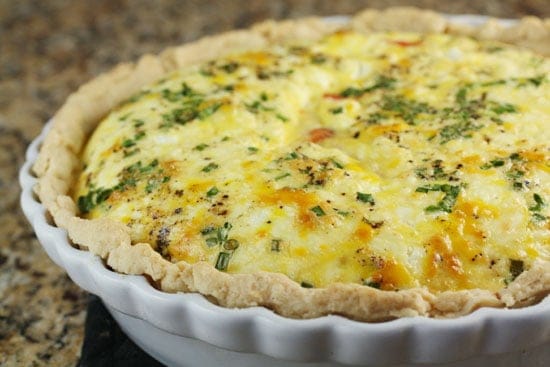
-
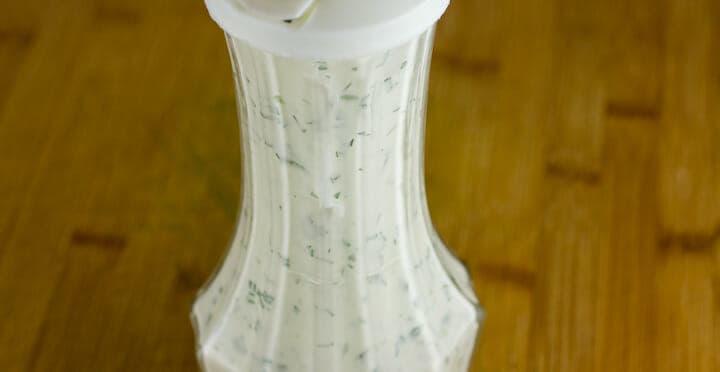
-
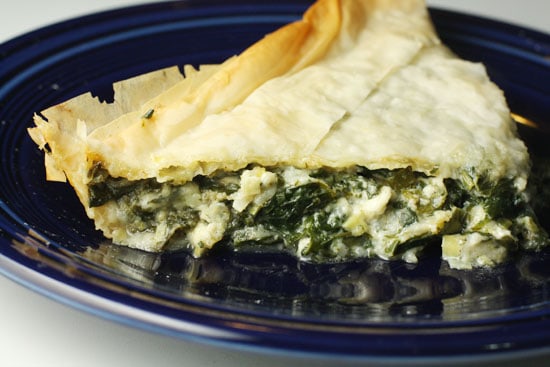
-
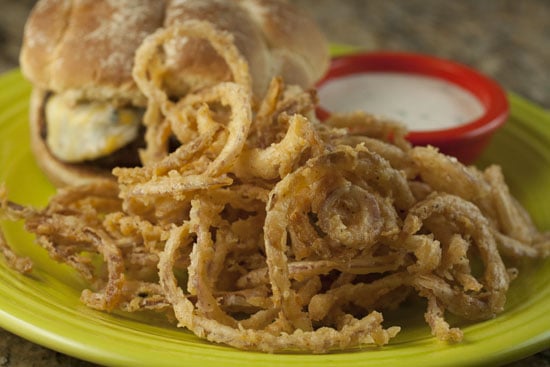
-
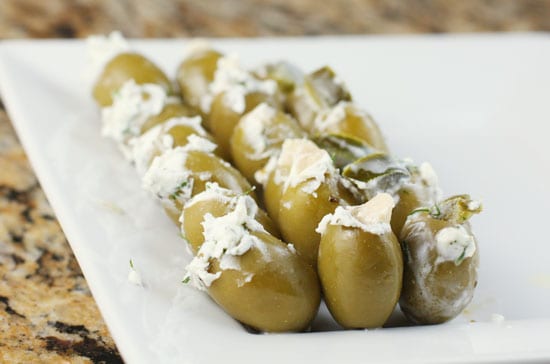
-
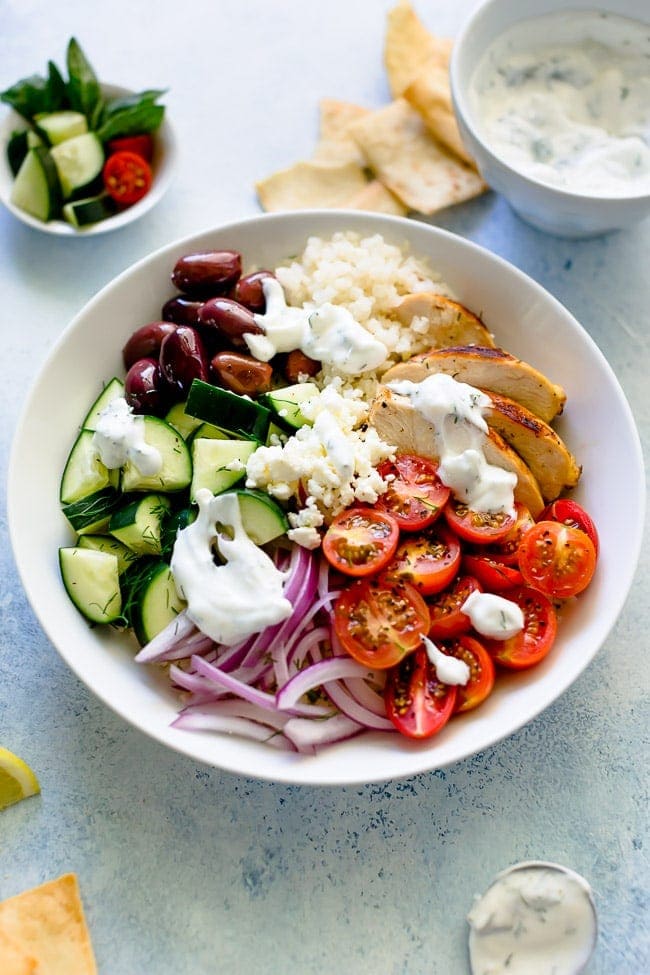
-
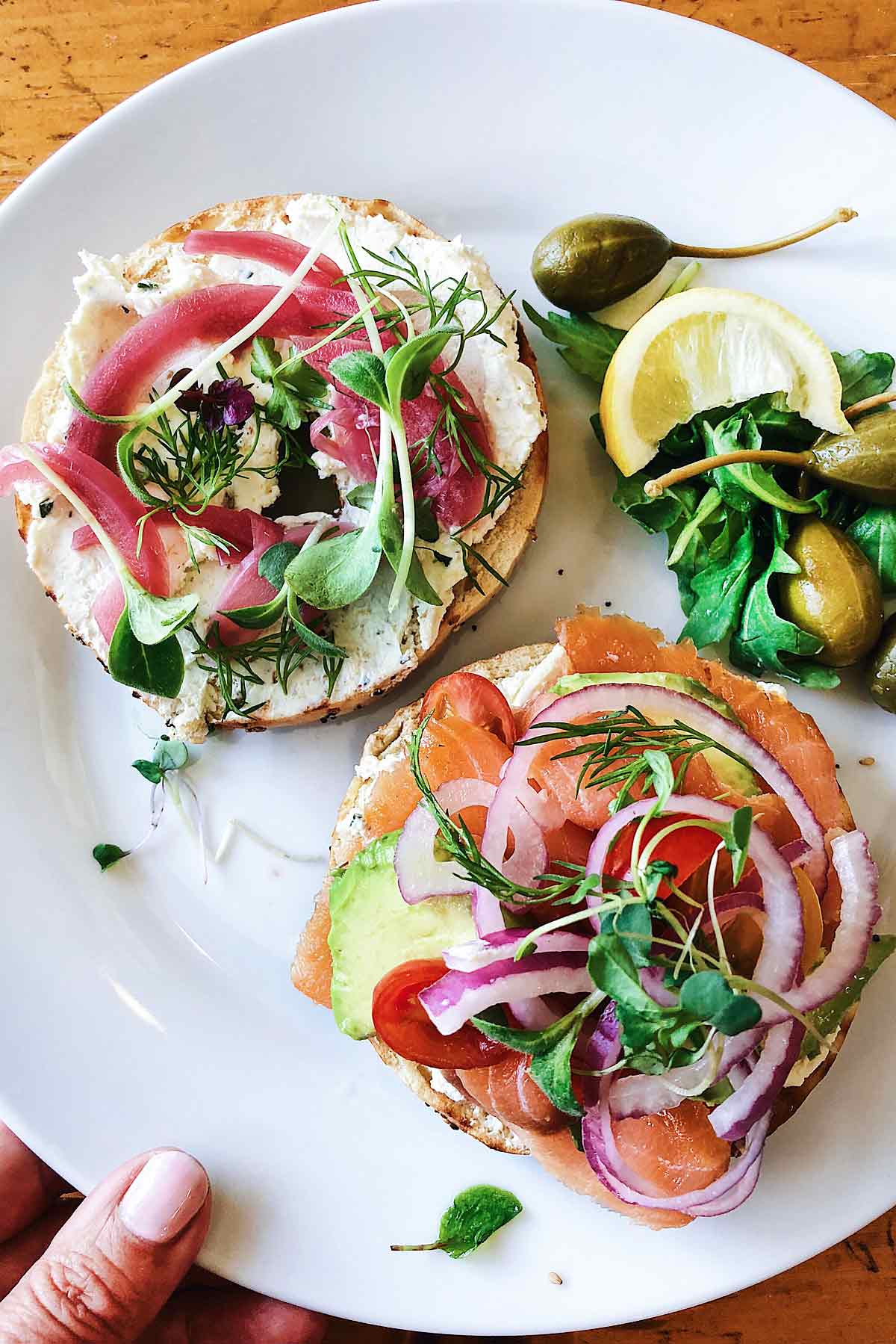
-
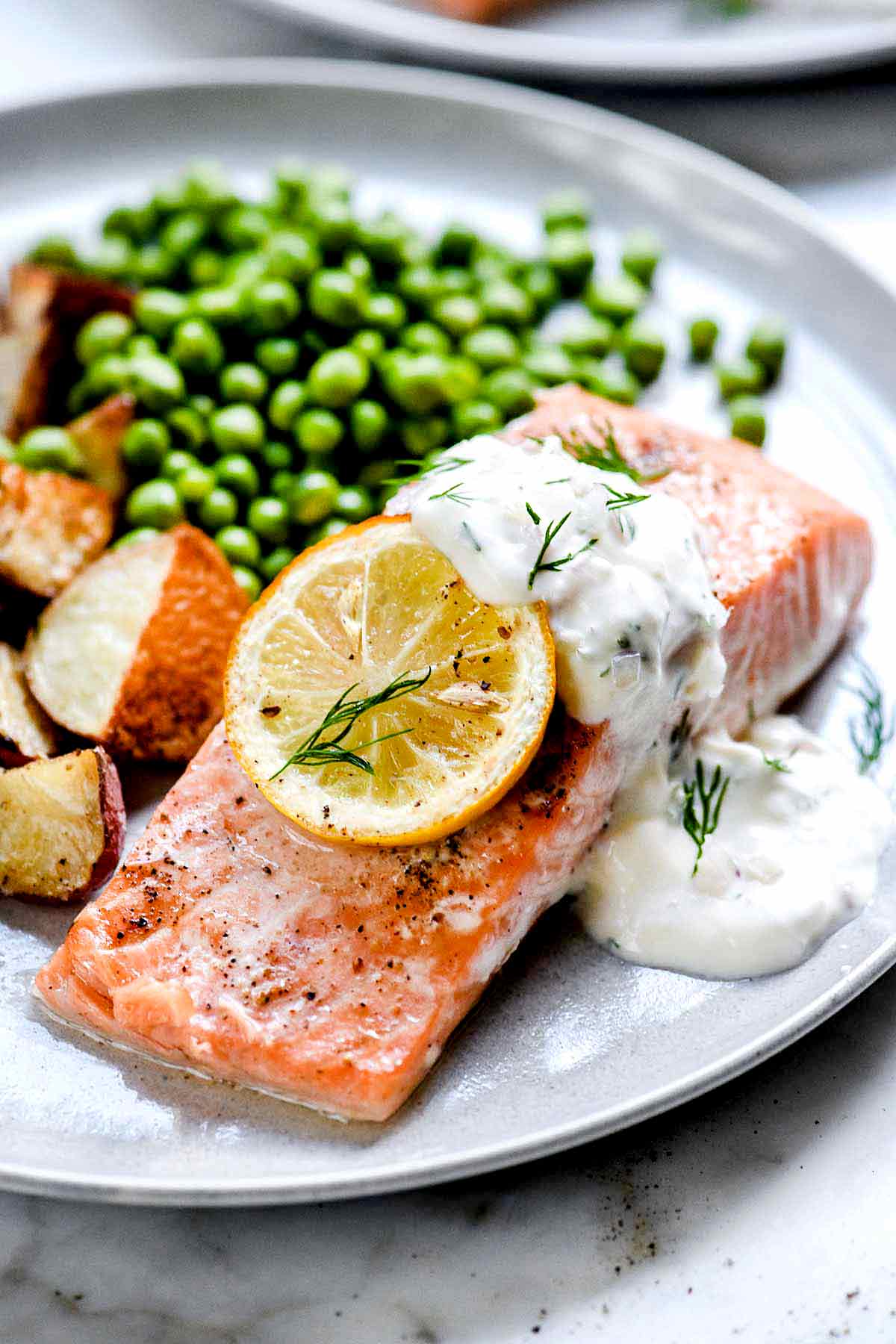
-
![Smoked Salmon Quick Quiche Image]()
-
![Creamy Asparagus & Salmon Pasta Image]()
-
![The Easiest Whole Dungeness Crab Recipe Image]()
-
![Salmon Cakes with Roasted Red Pepper Cream Sauce Image]()
-
![Dilled Red Potatoes and Peas Image]()
-
![Strawberry and Avocado with Tuna Salad Recipe Image]()
-
![Chicken Tzatziki Pizza Image]()
-
![Smoked Salmon Breakfast Flatbread Image]()
-
![Greek Mac and Cheese Image]()
-
![Chicken Salad with Lemon and Dill Image]()
-
![Low Carb Potato Salad Image]()
-
![Rainbow Potato Salad Image]()
-
![Spinach and Feta Stuffed Chicken Breasts Image]()
-
![Mediterranean Chicken Kebab Salad Image]()
-
![Roasted Baby Potatoes with Rosemary Image]()
-
![Tzatziki Fish Tacos Image]()
-
![Greek Potato Salad Image]()
-
![Mediterranean Hummus Stacks Image]()
-
![Greek Pasta Salad Recipe Image]()
-
![Greek Spinach - Tortellini Salad Image]()
-
![Smoked Salmon Cream Cheese Ball Image]()
-
![10 minute Pan Roasted Lemon Potatoes with Dill Image]()
-
![Avocado and Greek Yogurt Chicken Salad Sandwich Image]()
-
![Classic Egg Salad Sandwich Image]()
-
![Creamy Cucumber Salad Image]()
-
![Easy Instant Pot Chicken Noodle Soup Image]()
-
![Chicken Spanakopita Rolls with Walnuts Image]()
-
![Creamy Cucumber Salad Image]()
-
![Chilled Yogurt Soup Image]()
-
![Bean and Beet Dip Image]()
-
![Grilled Tempeh Salad Image]()
-
![Grilled Kabobs Image]()
-
![The Best Lemon Dill Cucumber Sandwiches Image]()
-
![Creamy Artichoke Dip Image]()
-
![Parmesan Herb Pretzel Nibblers Image]()
-
![Healthy Greek Turkey Tostadas Image]()
-
![Greek Grilled Vegetable Bowls Image]()
-
![Salmon with Wilted Greens Recipe Image]()
-
![Easy Deviled Egg Canapés Image]()
-
![Spinach Dip Red Cabbage Bowl Image]()


